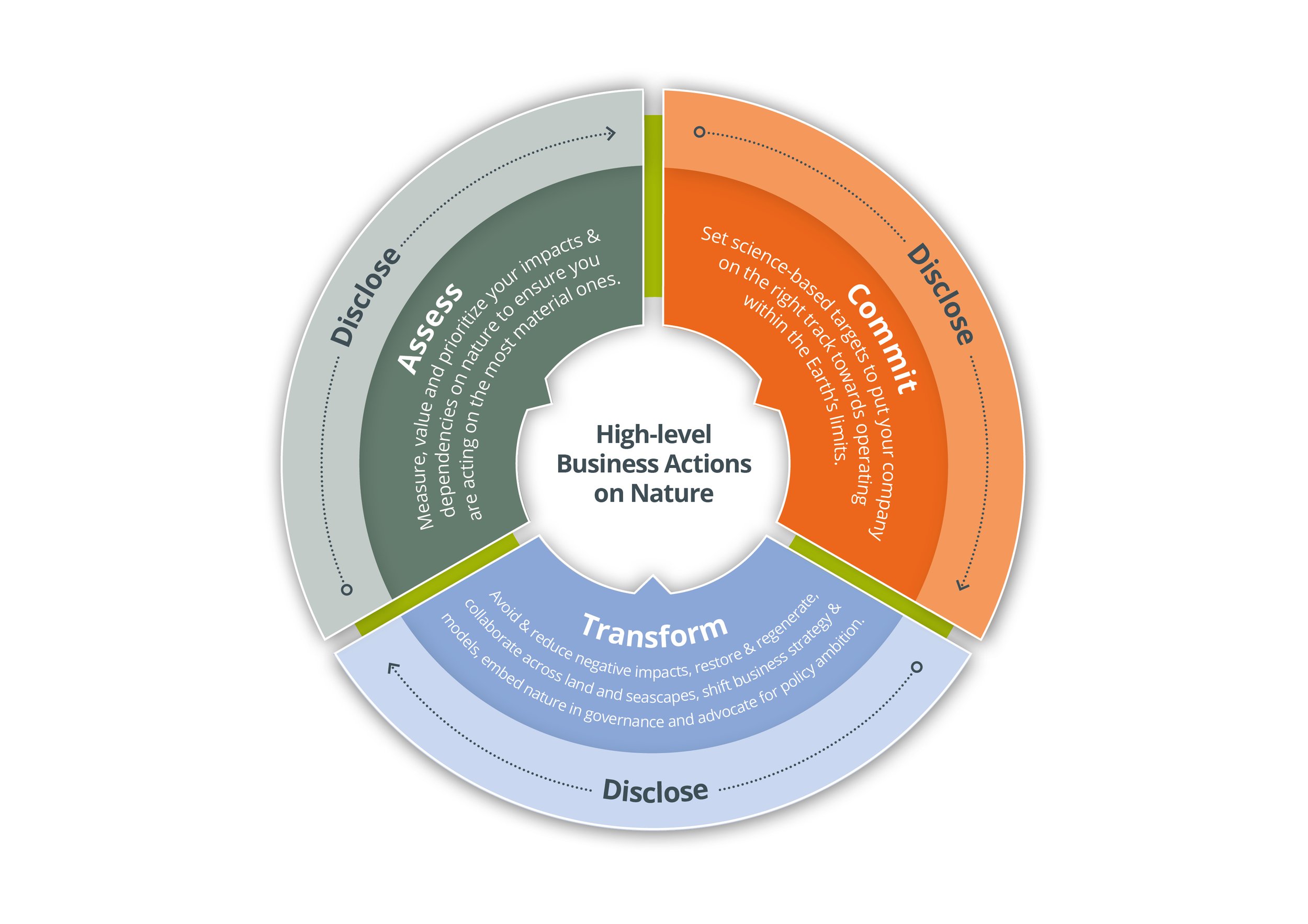Every business relies on nature for resources and ecosystem services such as water, food, fiber, minerals, pollination of crops, water filtration and climate regulation, both in their own operations and supply chains, and for their employees and customers.
But nature is at a tipping point. The natural materials and ecosystem services – that we all rely on and that also power businesses – are under massive strain. Without transformative changes in our economy and the way we do business, nature-negative trends such as global declines in species populations as well as losses in efficiency and efficacy of ecosystem service provision are expected to continue through to 2050 and beyond. Under current scenarios, over half of the world’s total GDP is at moderate or severe risk due to nature loss. The role of business is critical to delivering a nature positive world by 2030. Building on existing commitments and actions related to nature, businesses should aim to halt and reverse negative impacts on nature and then should aim for their positive impacts to outweigh their negative ones in the same eco-regions or in similar types of ecosystems.
Nature consists of the natural, physical and material world around us, including the air we breathe, the water we drink, the forests, land and oceans we rely on. When we talk about nature, we are focusing on the natural resources, ecosystem services and biodiversity on which livelihoods and economies depend, such as food, fiber, minerals, pollination, water filtration, climate regulation and disease control, but also recreation and well-being.
Nature includes biodiversity which underpins the health, abundance and resilience of our natural resources and ecosystems. We recognize that biodiversity loss is a significant component of nature loss overall.
These high-level business actions provide companies with the key actions they can take to signal that they are making meaningful contributions to help reverse nature loss and contribute to an equitable, nature-positive world, where positive impacts outweigh negative ones.
Businesses that have started on their nature journey should think through how to develop a credible nature strategy to deliver concrete long-term actions to halt and reverse nature loss. As part of Business for Nature’s campaign ‘It’s Now for Nature’, use the Nature Strategy Handbook developed in collaboration with PwC. The handbook includes guiding questions and resources to show what would be expected from a publicly disclosed nature strategy. Once your nature strategy is ready and approved, we encourage you to upload it onto the website and share it publicly as part of the campaign.
A note on alignment: These actions have been developed in collaboration with leading organizations. They build on existing action frameworks and guidance, including the Natural Capital Protocol, Science Based Targets Network's target-setting guidance, World Business Council for Sustainable Development (WBCSD) Roadmaps to Nature Positive: Foundations for All Businesses, Taskforce for Nature-related Financial Disclosures framework.
These high-level actions can be found in the following languages:
As you go through the steps, remember:
Re-visit your steps. The steps are iterative, and you can jump around depending on where you are already on your nature-positive journey.
Strive to be holistic. Integrate actions, targets and strategies across your company to tackle nature loss, climate change and social inequality together. Measure, monitor and publicly disclose your environmental performance and progress, and move towards comprehensive ESG disclosure.
Assign accountability and foster your corporate sustainability culture. Assign accountability for nature at the board level. Diffuse sustainability throughout the organization by engaging directly with employees, as well as all core functions such as finance, procurement and risk management, e.g. by taking a fit-for-purpose nature-based risk management approach (Fig. 8, Nature Risk Rising). Use the WBCSD’s Board director resources to modernize your company’s governance.
Make a plan. In order to close the commitment/implementation gap, make sure to translate your goals into a practical plan by setting milestones, identifying a team and allocating sufficient resources. For inspiration, read the CISL biodiversity strategy guide for the fashion industry.
Collaborate with others and don’t reinvent the wheel. Lean on the experience and expertise of others, and partner with NGOs, consultants, and other companies.
Don’t let the perfect be the enemy of the good. Be as ambitious as possible in your plans and actions, while being transparent and honest that there will always be improvements and adjustments along the way. This journey is an iterative one, and the “perfect methodology” might not yet exist.
For more information and inspiration, read UNEP's "Adapt to Survive: Business transformation in a time of uncertainty."
Disclaimer: These steps, in isolation, are not robust or detailed enough to constitute an endorsement or justification that your company is nature-positive.
Building on the high-level actions, Business for Nature, the World Business Council for Sustainable Development and the World Economic Forum have produced 12 sector-specific overviews that outline the key impacts and dependencies on nature and biodiversity and set out the priority actions that businesses in each sector should take now to credibly contribute to a nature-positive future.


